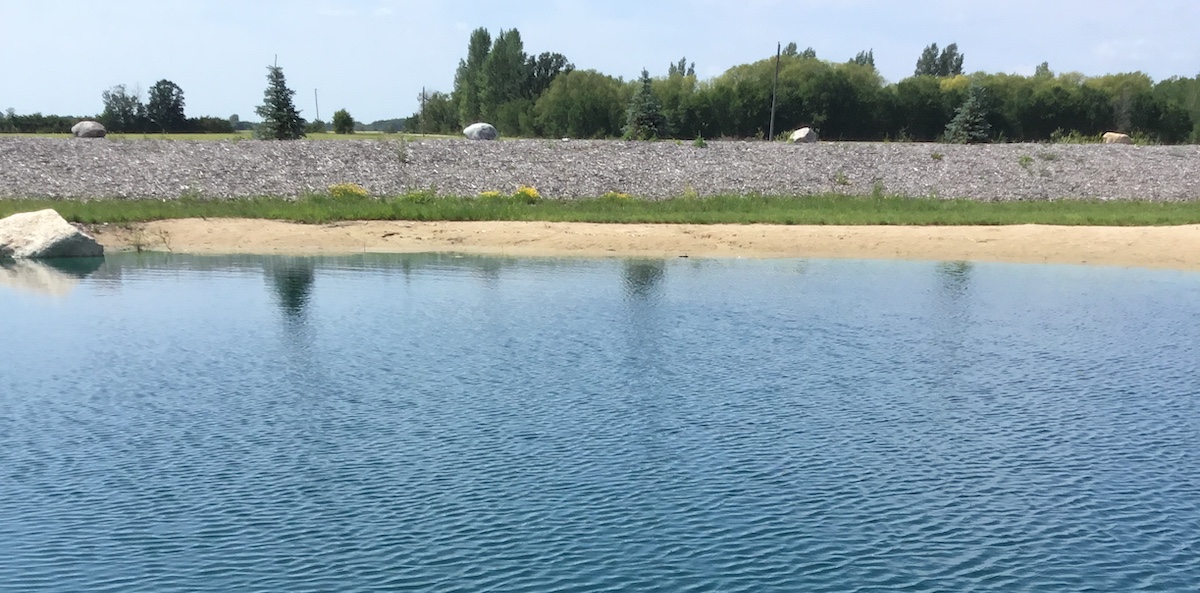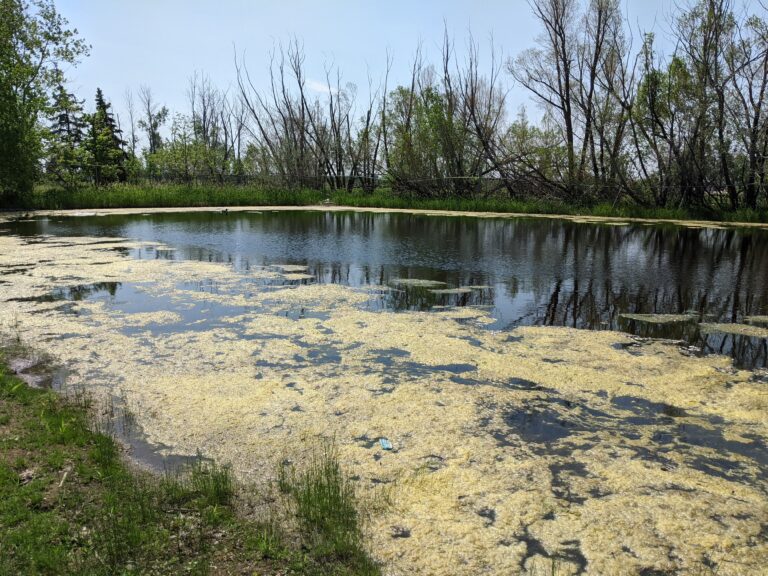
Tired of Battling Algal Blooms? Phosphates Are Likely The Cause!
Understanding and Managing Phosphates in Ponds with CWP Phosphate Binder Maintaining the ecological balance of a pond or lake is
As winter draws to a close across Canada, the El Niño weather pattern has presented unforeseen hurdles, notably in the Canadian Prairies. With minimal snowfall, worries about water scarcity and its effects on ponds, water tables, and agricultural areas have escalated. Let’s look into the potential repercussions of this dry winter, examine diverse strategies for mitigating water shortages, and spotlight proactive steps to sustain pond health amidst these demanding circumstances.
The absence of substantial snowfall not only affects the picturesque winter landscape but also poses significant challenges to water resources. The Canadian Prairies, known for their expansive fields and pristine ponds, are particularly vulnerable. With a low water table and diminished snowmelt runoff, many ponds are at risk of struggling to maintain their water levels.
In the face of limited runoff, pond owners and farmers must explore alternative water sources to ensure the well-being of their ponds and surrounding ecosystems. Several options can be considered:
To combat the challenges of a dry winter, many people are proactively increasing the size of existing dugouts or digging new ones. Going deep is crucial, as it facilitates easier maintenance and helps retain water during periods of scarcity.
Ensuring the health of your pond involves more than just securing water sources. Implementing proactive treatments can make a significant difference:
As Canadians navigate the challenges of a dry winter, it’s essential to adopt a proactive approach to pond management. Whether exploring alternative water sources or implementing treatments for water health, careful planning and sustainable practices will help mitigate the impact of the current weather patterns.
For personalized advice and assistance, consider contacting our team for a virtual assessment and treatment plan tailored to your specific pond needs. Together, we can ensure the continued health and vitality of Canada’s precious water resources.

Understanding and Managing Phosphates in Ponds with CWP Phosphate Binder Maintaining the ecological balance of a pond or lake is

How Does Eutrophication Affect Dugout Ponds, Retention Ponds, and Lakes? The eutrophication of ponds is the process by which excess
2023 PondSupply. All Rights Reserved.